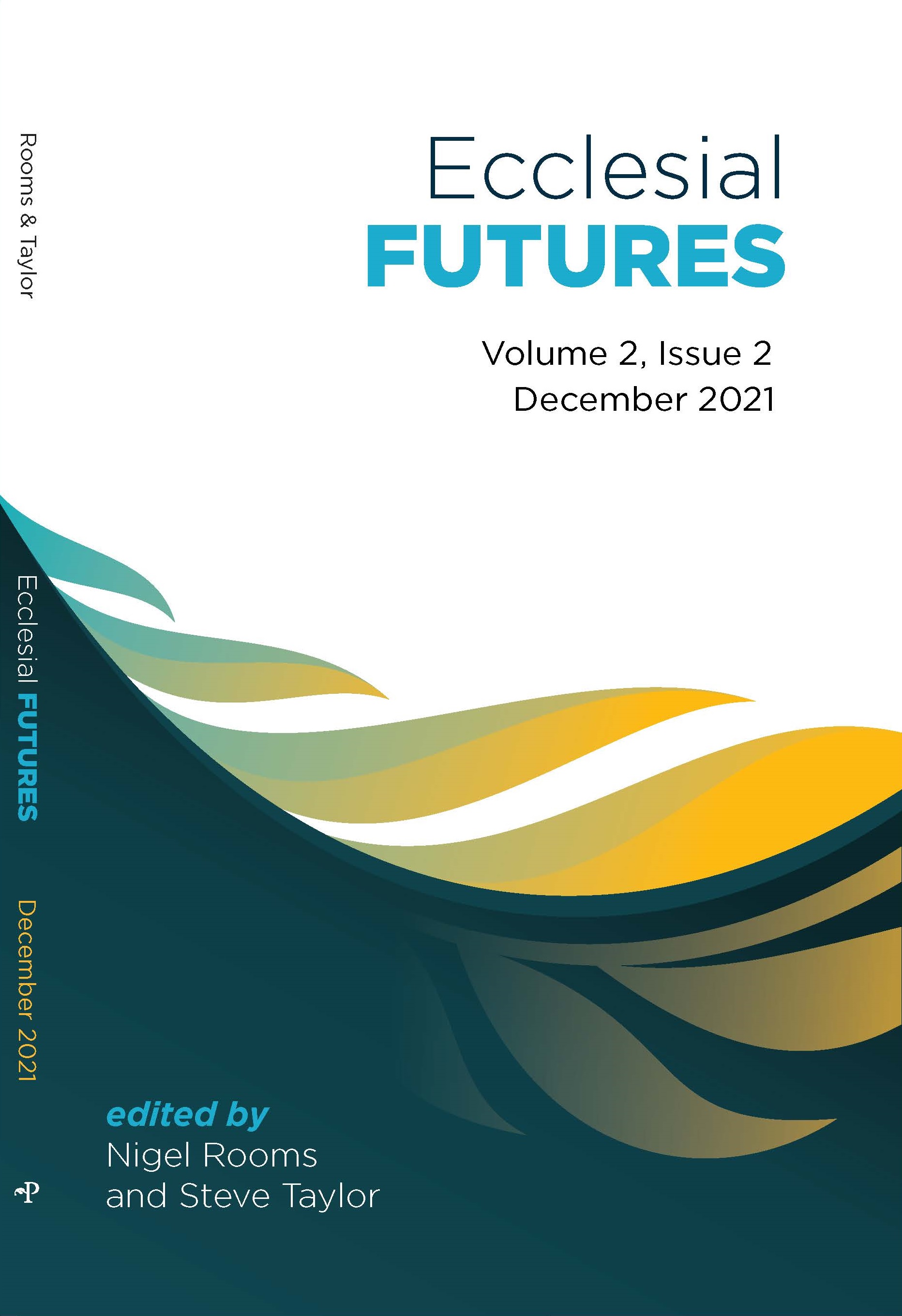Missional Hospitality towards Healing:
A Narrative Approach in Missiology
DOI:
https://doi.org/10.54195/ef11875Abstract
The entire world is suffering through the COVID-19 pandemic. In this age of anguish, churches must work on the ministry of hospitality that leads to healing as part of God’s mission. This article employs a narrative approach in articulating a missional hospitality. It draws on two stories of the writer’s personal experience to describe how pain was healed through an experience of hospitality. The sharing of personal stories demonstrates how experiences of hospitality can be converted into missional practice for others which becomes a locus of healing. As the conclusion, the study provides three implications. First, churches need to provide the space of hospitality for others experiencing pain and grief. Second, theology plays a role in providing a community-based collective interpretation of the pain. Third, the role of mission is to replicate the missional dimension of healing hospitality to the wounded.











